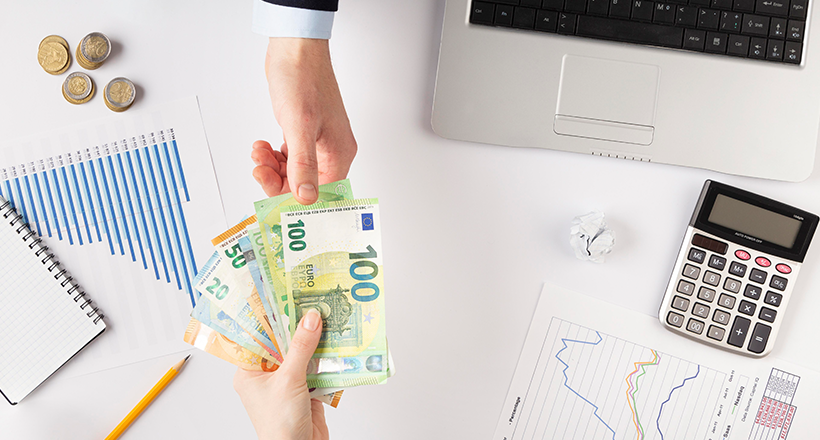The Ins and Outs of Foreign Exchange: A Comprehensive Guide
The foreign exchange (Forex or FX) market is the world’s largest and most liquid financial marketplace, where currencies are bought and sold around the clock. From multinational corporations hedging currency risk to retail traders seeking profit from exchange-rate fluctuations, the Forex ecosystem connects participants across continents. This guide breaks down the key concepts, market structure, and practical considerations to help you navigate FX with confidence.
1. What Is Forex?
Forex trading involves simultaneously buying one currency and selling another, expressed as a pair (e.g., EUR/USD). Exchange rates reflect how much of the quote currency (USD) you need to purchase one unit of the base currency (EUR).
Spot Market: Immediate settlement, typically within two business days.
Forward Market: Contracts locking in a rate today for settlement at a future date—used for hedging.
FX Swaps & Swaptions: Combine a spot and forward leg (swap) or grant the right (but not obligation) to enter a swap (swaption).
2. Key Market Participants
Central Banks: Influence monetary policy and intervene to stabilize their currency.
Commercial Banks & ECNs: Facilitate wholesale trading and provide liquidity via interbank platforms.
Corporations & Institutional Investors: Hedge currency exposure on cross-border transactions or fund flows.
Retail Traders: Access FX via brokers’ platforms, speculating on short-term price moves.
3. Major vs. Minor vs. Exotic Pairs
Major Pairs: Most traded, highest liquidity—EUR/USD, USD/JPY, GBP/USD, USD/CHF.
Minor Pairs (Crosses): Do not involve the USD—EUR/GBP, AUD/JPY, NZD/CHF.
Exotic Pairs: One major currency paired with an emerging-market currency—USD/TRY, EUR/SEK. These have wider spreads and higher volatility.
4. Reading the Price Quote & Spread
Bid Price: The price at which the market (or your broker) buys the base currency from you.
Ask (Offer) Price: The price at which the market sells the base currency to you.
Spread: Difference between ask and bid—your implicit transaction cost on spot trades.
5. Leverage and Margin
Leverage allows traders to control larger positions with a fraction of the total value, amplifying both gains and losses.
Margin Requirement: The percentage of the position value you must deposit. A 1% margin means 100:1 leverage.
Margin Call & Stop-Out: If losses exceed your available margin, brokers may liquidate positions to prevent negative balances.
6. Fundamental vs. Technical Analysis
Fundamental Analysis: Evaluates economic indicators—interest rates, GDP growth, inflation, employment data—and central bank policy to forecast currency trends.
Technical Analysis: Studies price charts, trend lines, and indicators (RSI, MACD, moving averages) to identify entry/exit points based on historical patterns.
7. Risk Management Strategies
Position Sizing: Allocate only a small percentage (1–2%) of your account balance per trade.
Stop-Loss Orders: Automate exits at a predefined loss level to limit downside.
Diversification: Spread risk across multiple currency pairs or other asset classes.
Hedging: Use forwards or options to offset potential losses in open positions or underlying business exposures.
8. Trading Sessions & Volatility
The Forex market operates 24 hours on weekdays, segmented into four main sessions:
Sydney (Asia): Lower volume, slower moves.
Tokyo (Asia): Increased activity, especially in USD/JPY and other Asian crosses.
London (Europe): Highest liquidity—major economic releases occur here.
New York (Americas): Overlaps with London for peak volatility in EUR/USD and GBP/USD.
9. Choosing a Reputable Broker
Regulation: Ensure your broker is regulated by FCA (UK), NFA/CFTC (US), CySEC (EU), or other recognized authority.
Pricing Transparency: Tight spreads, no hidden markups, and clear fee structures.
Execution Quality: Fast, reliable order fills with minimal slippage.
Platform & Tools: Robust charting, customizable indicators, and mobile access.
10. Getting Started: A Step-by-Step Roadmap
Education & Demo Trading: Open a risk-free demo account to practice.
Develop a Trading Plan: Define your goals, risk tolerance, and strategy rules.
Start Small: Fund a live account with capital you can afford to lose, and use conservative leverage.
Maintain Discipline: Stick to your plan—avoid emotional decisions and overtrading.
Continuous Learning: Review trades, refine your approach, and stay updated on market news.
Foreign exchange offers unparalleled liquidity, 24/5 access, and a diverse set of strategies, but it also demands rigorous risk management and market understanding. By mastering the fundamentals—market structure, analysis techniques, and prudent trading habits—you’ll be well-equipped to navigate the dynamic FX landscape. Whether you’re hedging business expenses or seeking speculative returns, the Forex market’s ins and outs hold immense opportunity for those who prepare and proceed with discipline. Good luck on your trading journey!
